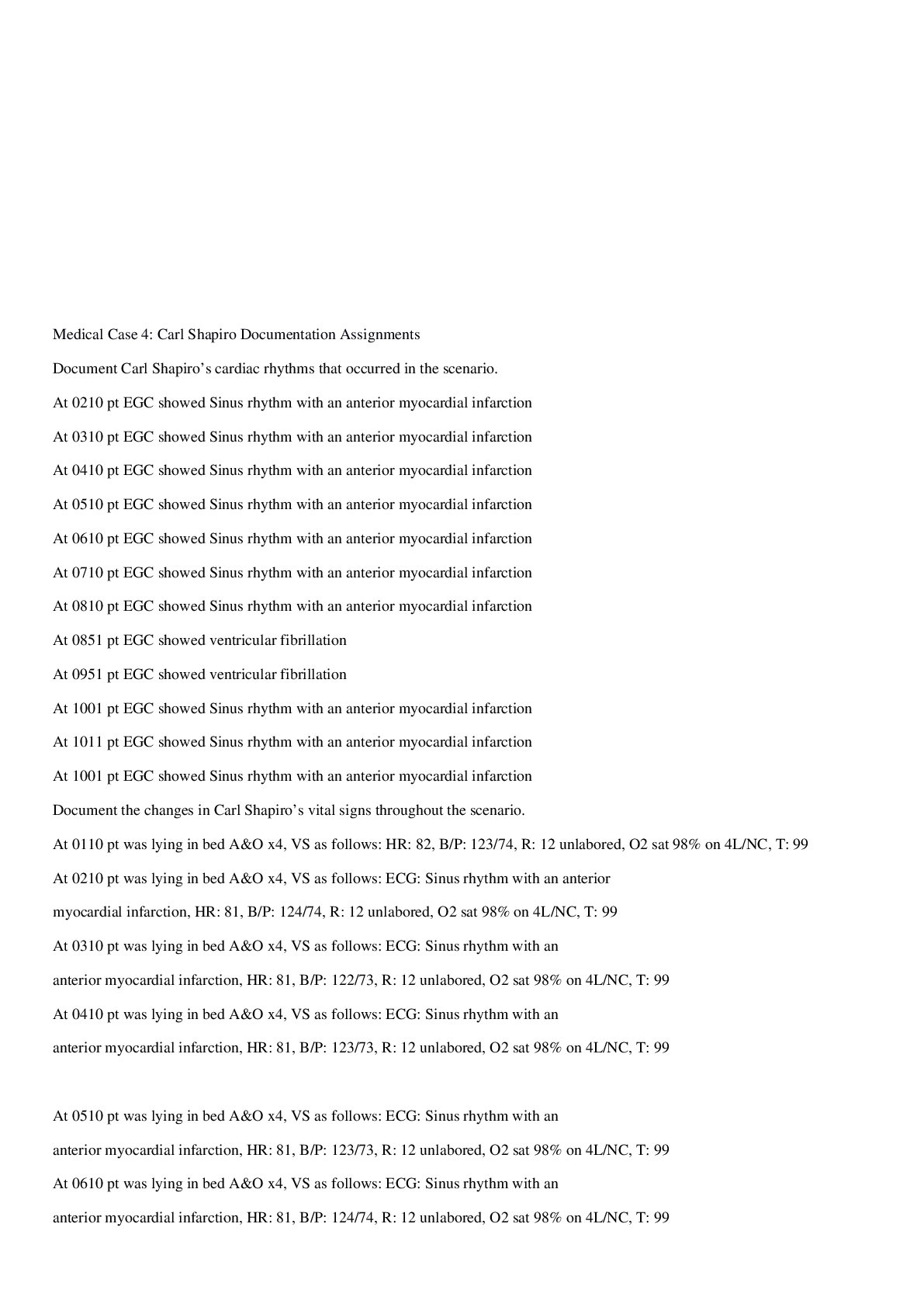Financial Accounting > Summary > Supply Chain Management (All)
Supply Chain Management
Document Content and Description Below
Chapter I........................................................................................................................................................1 Supply Chain Management................ .............................................................................................................1 Aim.................................................................................................................................................................1 Objectives.......................................................................................................................................................1 Learning outcome...........................................................................................................................................1 1.1 Introduction...............................................................................................................................................2 1.2 Supply Chain.............................................................................................................................................2 1.3 Supply Chain Management.......................................................................................................................4 1.4 Objective of Supply Chain Management..................................................................................................5 1.5 Importance of Supply Chain Management...............................................................................................5 1.6 Activities of Supply Chain Management..................................................................................................6 1.7 Decision Phases in a Supply Chain...........................................................................................................7 1.8 Process View of Supply Chain..................................................................................................................8 1.9 Linking Competitive (Business) and Supply Chain Strategies ...............................................................9 1.10 Supply Chain Drivers ...........................................................................................................................10 1.11 Barriers of Supply Chain Management..................................................................................................11 1.12 Scope of Supply Chain Activities..........................................................................................................11 1.13 Marketing Mix Model............................................................................................................................11 Summary......................................................................................................................................................14 References....................................................................................................................................................14 Recommended Reading..............................................................................................................................14 Self Assessment............................................................................................................................................15 Chapter II....................................................................................................................................................17 Designing the Supply Chain Network.......................................................................................................17 Aim...............................................................................................................................................................17 Objectives.....................................................................................................................................................17 Learning outcome.........................................................................................................................................17 2.1 Introduction.............................................................................................................................................18 2.2 Role of Distribution Network ................................................................................................................18 2.3 Factors Influencing Distribution Network Design..................................................................................19 2.4 Design Options for a Distribution Network ...........................................................................................20 2.5 E-business and its Impact .......................................................................................................................25 2.5.1 Advantages of E-business.......................................................................................................27 2.5.2 Disadvantages of E-business..................................................................................................28 2.6 Distribution Networks in Practice ..........................................................................................................28 2.7 Distribution Network Design in the Supply Chain.................................................................................28 2.8 Factors Affecting Network Design Decisions.........................................................................................29 2.9 Supply Chain Model...............................................................................................................................31 Summary......................................................................................................................................................33 References....................................................................................................................................................33 Recommended Reading..............................................................................................................................33 Self Assessment............................................................................................................................................34 Chapter III...................................................................................................................................................36 Designing and Planning Transportation Networks..................................................................................36 Aim...............................................................................................................................................................36 Objectives.....................................................................................................................................................36 Learning outcome.........................................................................................................................................36 3.1 Introduction.............................................................................................................................................37 3.2 Transportation in Supply Chain..............................................................................................................37 3.3 Importance of Transportation .................................................................................................................38 3.4 Role of Transport in Supply Chain.........................................................................................................38 3.4.1 Transportation Modes in Supply Chain.................................................................................39 3.5 Transportation Infrastructure and Policies .............................................................................................41 3.6 Design Options For Transportation Network .........................................................................................41 III/JNU OLE 3.7 Tailored Transportation...........................................................................................................................45 3.8 Trade-off in Transportation Design.........................................................................................................45 3.9 Routing and Scheduling in Transportation.............................................................................................45 3.10 Making Transportation Decisions in Practice.......................................................................................46 Summary......................................................................................................................................................47 References....................................................................................................................................................47 Recommended Reading..............................................................................................................................47 Self Assessment............................................................................................................................................48 Chapter IV...................................................................................................................................................50 Sourcing and Pricing..................................................................................................................................50 Aim...............................................................................................................................................................50 Objectives.....................................................................................................................................................50 Learning outcome.........................................................................................................................................50 4.1 Introduction.............................................................................................................................................51 4.2 Sourcing .................................................................................................................................................51 4.3 In-house and Outsource .........................................................................................................................51 4.4 3PL and 4PL ...........................................................................................................................................53 4.5 Benefits of Effective Sourcing Decisions...............................................................................................53 4.6 Supplier Scoring and Assessment...........................................................................................................54 4.6.1 Scoring Suppliers....................................................................................................................54 4.6.2 Ranking Suppliers...................................................................................................................54 4.7 Supplier Selection...................................................................................................................................55 4.8 Design Collaboration .............................................................................................................................55 4.9 Procurement Process...............................................................................................................................56 4.10 Sourcing Planning and Analysis...........................................................................................................56 4.11 Pricing and Revenue Management for Multiple Customers.................................................................56 4.12 Perishable Products and Seasonal Demand..........................................................................................58 Summary .....................................................................................................................................................60 References....................................................................................................................................................60 Recommended Reading..............................................................................................................................60 Self Assessment............................................................................................................................................61 Chapter V.....................................................................................................................................................63 Information Technology in the Supply Chain..........................................................................................63 Aim...............................................................................................................................................................63 Objectives.....................................................................................................................................................63 Learning outcome.........................................................................................................................................63 5.1 Introduction.............................................................................................................................................64 5.2 Supply Chain IT Framework..................................................................................................................65 5.3 Role of Information in Supply Chain......................................................................................................65 5.4 Customer Relationship Management (CRM).........................................................................................65 5.5 Internal Supply Chain Management ......................................................................................................67 5.6 Supplier Relationship Management........................................................................................................67 5.7 Transaction Management........................................................................................................................68 5.8 Enterprise Resource Planning (ERP)......................................................................................................68 5.9 E-commerce............................................................................................................................................69 5.10 Supply Chain Information Technology in Practice...............................................................................70 Summary .....................................................................................................................................................71 References....................................................................................................................................................71 Recommended Reading..............................................................................................................................71 Self Assessment............................................................................................................................................72 IV/JNU OLE Chapter VI...................................................................................................................................................74 Coordination in a Supply Chain................................................................................................................74 Aim...............................................................................................................................................................74 Objectives.....................................................................................................................................................74 Learning outcome.........................................................................................................................................74 6.1 Introduction.............................................................................................................................................75 6.2 Lack of Supply Chain Coordination ......................................................................................................75 6.3 Bullwhip Effect.......................................................................................................................................76 6.4 Managerial Levers..................................................................................................................................78 6.5 Building Strategic Partnerships and Trust..............................................................................................78 6.6 Continuous Replenishment Program (CRP) and Vendor Managed Inventory (VMI)............................78 6.7 Collaborative Planning, Forecasting and Replenishment (CPFR)..........................................................80 Summary......................................................................................................................................................82 References....................................................................................................................................................82 Recommended Reading..............................................................................................................................82 Self Assessment............................................................................................................................................83 Chapter VII.................................................................................................................................................85 Dimensions of Logistics..............................................................................................................................85 Aim...............................................................................................................................................................85 Objectives.....................................................................................................................................................85 Learning outcome.........................................................................................................................................85 7.1 Introduction ............................................................................................................................................86 7.2 Macro and Micro Dimension..................................................................................................................86 7.2.1 Macro Dimension...................................................................................................................86 7.2.2 Micro Dimensions...................................................................................................................87 7.3 Logistics Activities..................................................................................................................................89 7.4 Approach to Analysing Logistics Systems..............................................................................................90 7.5 Logistics and Systems Analysis..............................................................................................................93 7.6 Techniques of Logistics System Analysis...............................................................................................94 7.7 Factors Affecting the Cost and Importance of Logistics........................................................................95 Summary......................................................................................................................................................98 References....................................................................................................................................................98 Recommended Reading..............................................................................................................................98 Self Assessment............................................................................................................................................99 Chapter VIII..............................................................................................................................................101 Demand Management and Customer Service........................................................................................101 Aim.............................................................................................................................................................101 Objectives...................................................................................................................................................101 Learning outcome.......................................................................................................................................101 8.1 Introduction...........................................................................................................................................102 8.2 Outbound to Customer Logistics Systems ...........................................................................................102 8.3 Supply and Demand Relationship.........................................................................................................102 8.4 Graphical Representation of Supply and Demand Relationship...........................................................103 8.5 Demand Management...........................................................................................................................105 8.5.1 The Demand Management Process.......................................................................................106 8.6 Demand Forecasting.............................................................................................................................107 8.7 Demand Planning..................................................................................................................................108 8.8 Demand Forecasting Error....................................................................................................................108 8.9 CPFR.....................................................................................................................................................108 8.10 Customer Service................................................................................................................................109 8.11 Cost of Stock-outs ...............................................................................................................................111 8.12 Channels of Distribution......................................................................................................................111 Summary.....................................................................................................................................................113 References...................................................................................................................................................113 Recommended Reading.............................................................................................................................113 Self Assessment...........................................................................................................................................114 V/JNU OLE List of Figures Fig. 1.1 A conceptual model of a basic supply chain......................................................................................2 Fig. 1.2 A supply chain network.....................................................................................................................3 Fig. 1.3 Key parts of supply chain .................................................................................................................3 Fig. 1.4 Flows in a supply chain ....................................................................................................................4 Fig. 1.5 Supply chain management activities.................................................................................................6 Fig. 1.6 Cycle view of supply chain ..............................................................................................................8 Fig. 1.7 Push/pull view of supply chain .........................................................................................................9 Fig. 1.8 Linking competitive (business) and supply chain strategies...........................................................10 Fig. 1.9 Supply chain drivers.........................................................................................................................11 Fig. 1.10 Elements of marketing mix............................................................................................................12 Fig. 1.11 Market space model.......................................................................................................................13 Fig. 2.1 Relationship between number of facilities and logistics cost..........................................................20 Fig. 2.2 Manufacturer storage with direct shipping......................................................................................21 Fig. 2.3 Manufacturer storage with direct shipping and in-transit merge.....................................................22 Fig. 2.4 Distributor storage with package carrier delivery...........................................................................23 Fig. 2.5 Distributor storage with last mile delivery......................................................................................24 Fig. 2.6 Manufacturer or distributor storage with costumer pickup.............................................................25 Fig. 2.7 Elements of e-business domain.......................................................................................................26 Fig. 2.8 Areas of e-business..........................................................................................................................27 Fig. 2.9 Supply chain model.........................................................................................................................32 Fig. 3.1 Flow of product along the supply chain..........................................................................................38 Fig. 3.2 Direct shipping network..................................................................................................................42 Fig. 3.3 Direct shipping network with milk runs..........................................................................................43 Fig. 3.4 Shipments via central distribution network.....................................................................................44 Fig. 3.5 A tailored network...........................................................................................................................44 Fig. 3.6 Savings matrix method....................................................................................................................46 Fig. 4.1 Pricing charges into supply chain....................................................................................................57 Fig. 4.2 The 4 “R” strategy of revenue management....................................................................................57 Fig. 4.3 Pegging in SCM..............................................................................................................................58 Fig. 4.4 Warehousing in SCM.......................................................................................................................59 Fig. 5.1 Integrated supply chain model.........................................................................................................64 Fig. 5.2 Customer relationship management................................................................................................66 Fig. 5.3 SCM goals: the seven rights of fulfilment.......................................................................................67 Fig. 5.4 Internal supply chain ......................................................................................................................67 Fig. 5.5 E-commerce model .........................................................................................................................70 Fig. 6.1 A typical supply chain......................................................................................................................75 Fig. 6.2 Increasing order variability up the supply chain.............................................................................76 Fig. 6.3 CPFR model....................................................................................................................................80 Fig. 7.1 Logistics costs as a percentage of GDP...........................................................................................87 Fig. 7.2 Push and pull systems in supply chain............................................................................................88 Fig. 7.3 Logistic activities.............................................................................................................................90 Fig. 7.4 Inbound and outbound logistics.......................................................................................................91 Fig. 7.5 Nodes and links in a logistics system..............................................................................................93 Fig. 7.6 A simple logistics channel...............................................................................................................93 Fig. 7.7 Relationship between required inventory and order cycle length ..................................................95 Fig. 7.8 Relationship of the cost of lost sales to inventory cost....................................................................96 Fig. 7.9 Relationship of product dollar value to various logistics costs.......................................................97 Fig. 8.1 Supply and demand balance..........................................................................................................103 Fig. 8.2 Supply and demand equilibrium....................................................................................................104 Fig. 8.3 Shift in demand..............................................................................................................................105 Fig. 8.4 Demand management process.......................................................................................................107 Fig. 8.5 Demand forecasting error..............................................................................................................108 Fig. 8.6 Collaborative planning, forecasting and replenishment process...................................................109 Fig. 8.7 Customer service strategy...............................................................................................................110 Fig. 8.8 Channels of distribution.................................................................................................................111 Fig. 8.9 Distribution network.......................................................................................................................112 VI/JNU OLE List of Tables Table 4.1 Scoring and assessment of suppliers.............................................................................................55 Table 4.2 Categories of procurement ...........................................................................................................56 Table 7.1 Analysis of total logistics cost with a change to higher cost mode of transport...........................92 Table 7.2 Analysis of total logistics cost with a change to more warehouses..............................................92 Table 7.3 Static analysis of C & B chemical company (50,000 pounds of output)......................................94 Table 8.1 Demand fluctuations based on price and supply.........................................................................105 VII/JNU OLE Abbreviations 3PL - Third Party Logistics 4PL - Fourth Party Logistics B2C - Business-to-Consumer CPFR - Collaborative Planning, Forecasting and Replenishment CRM - Customer Relationship Management CRP - Continuous Replenishment Program ERP - Enterprise Resource Planning ICT - Information and Communications Technology ISCM - Internal Supply Chain Management IT - Information Technology JIT - Just-in-time PDA - Personal Digital Assistants SC - Supply Chain SCM - Suppliers Relationship Management SCM - Supply Chain Management SCOR - Supply Chain Operations Reference Model UPS - Unit Parcel Service VMI - Vendor Managed Inventory WWW - World Wide Web [Show More]
Last updated: 6 months ago
Preview 1 out of 134 pages
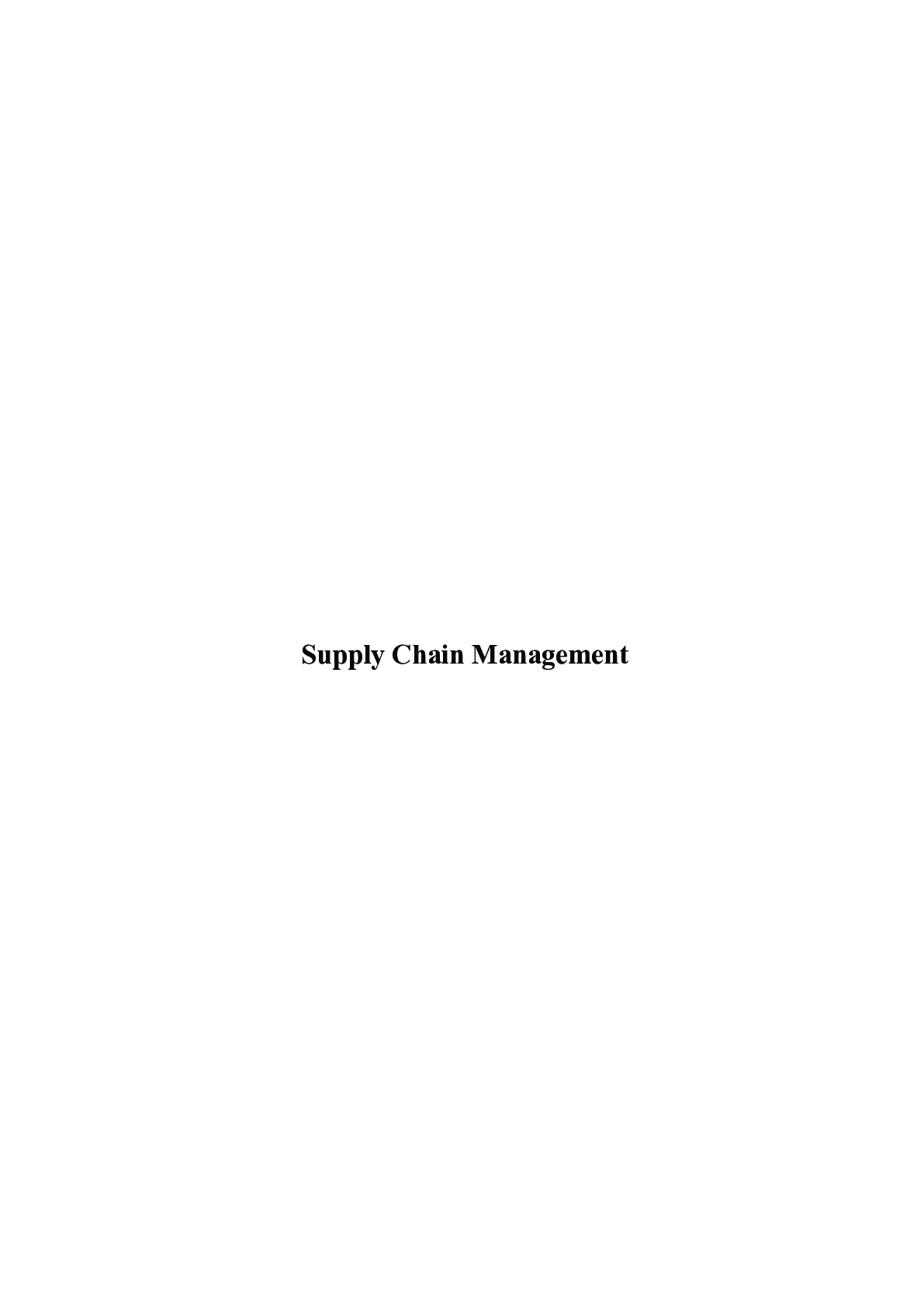
Reviews( 0 )
Document information
Connected school, study & course
About the document
Uploaded On
Nov 08, 2023
Number of pages
134
Written in
Additional information
This document has been written for:
Uploaded
Nov 08, 2023
Downloads
0
Views
22


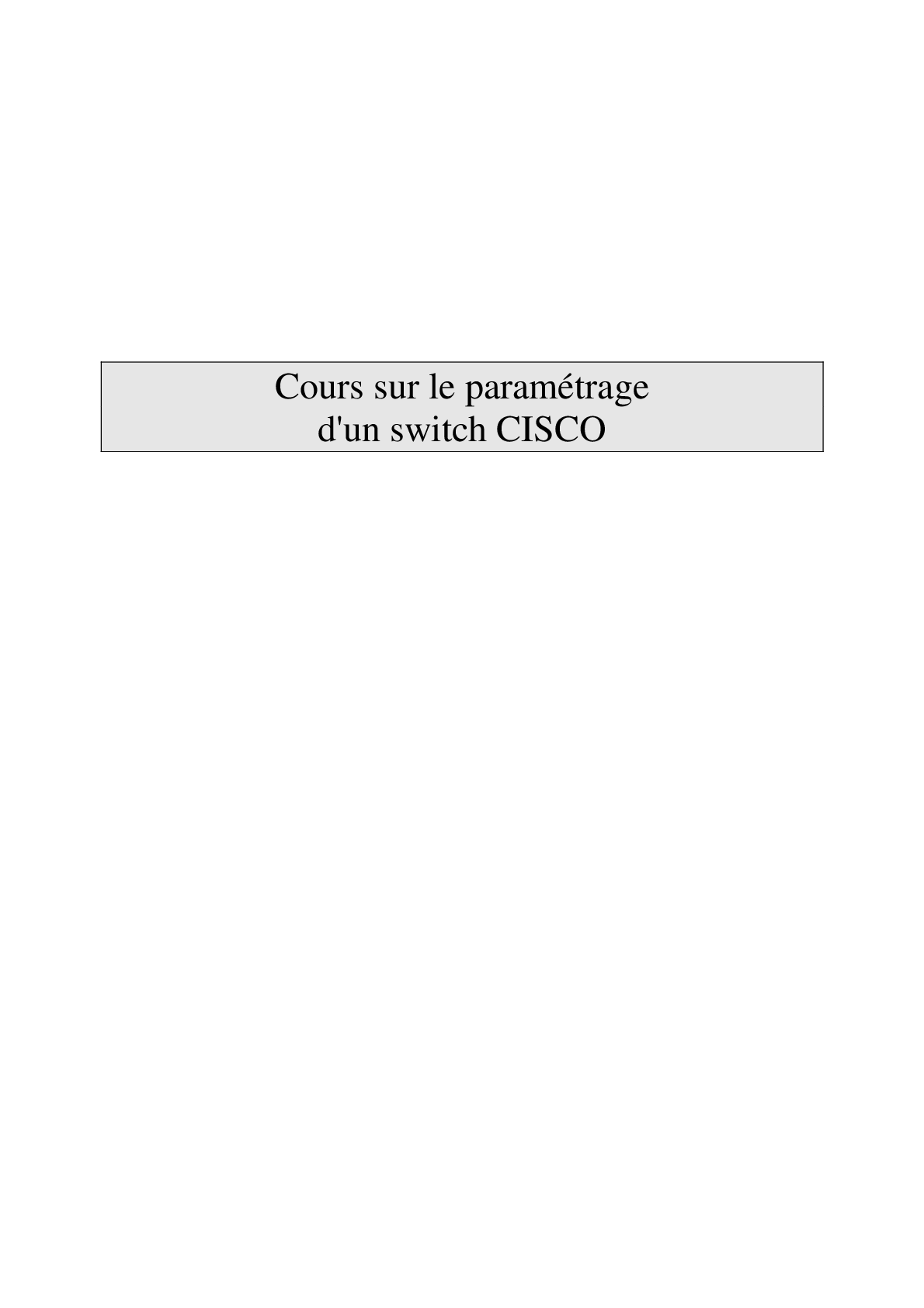
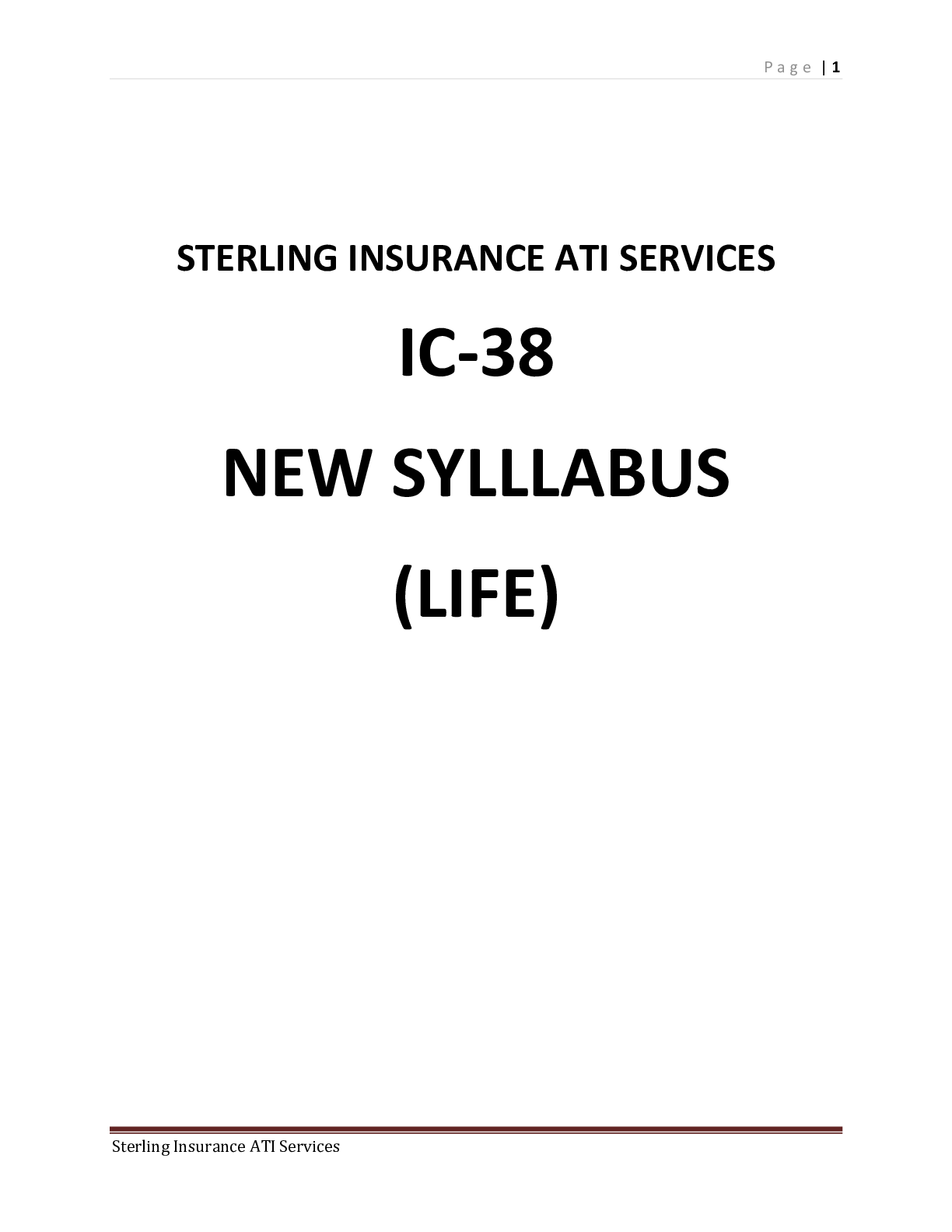

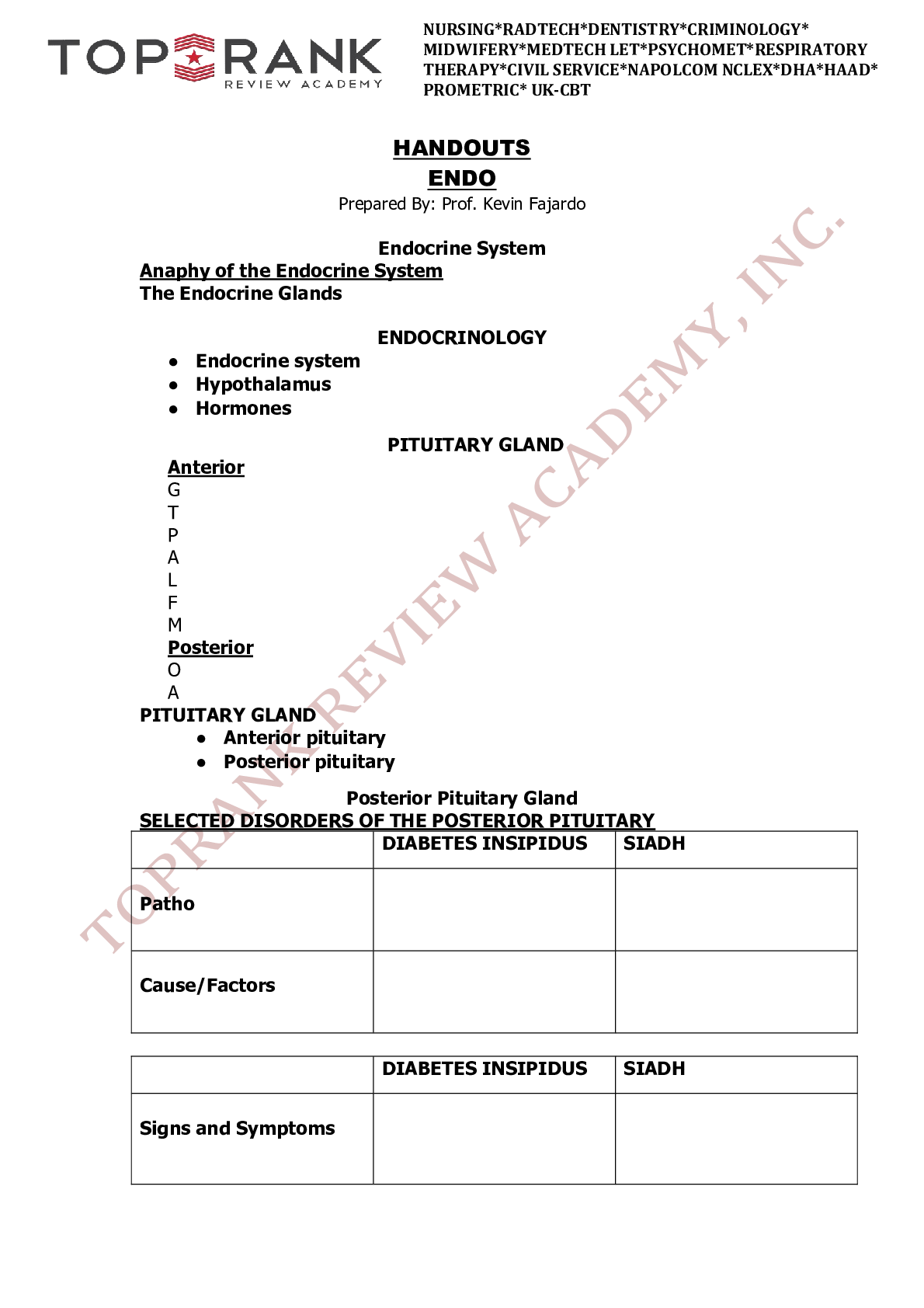

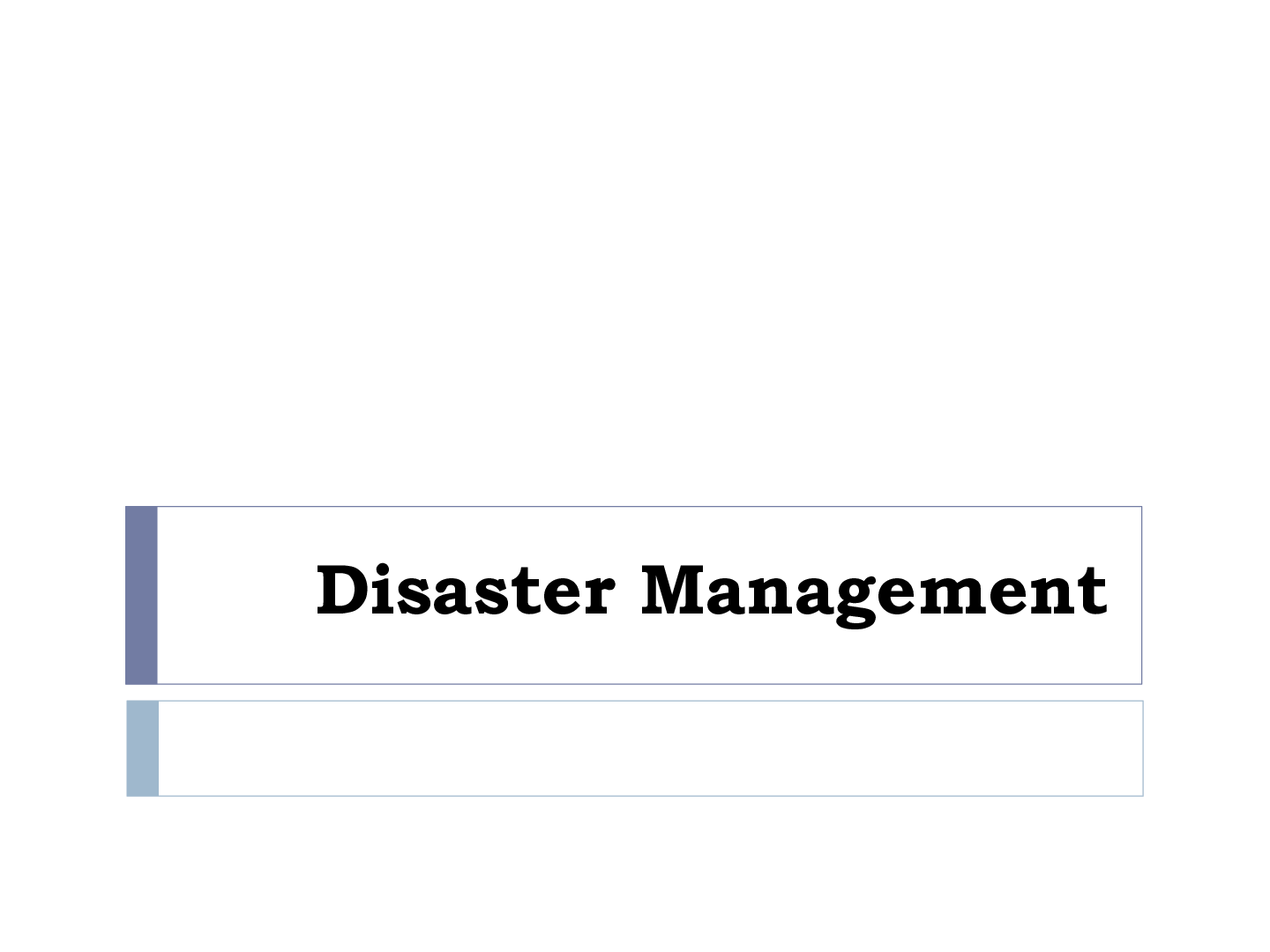
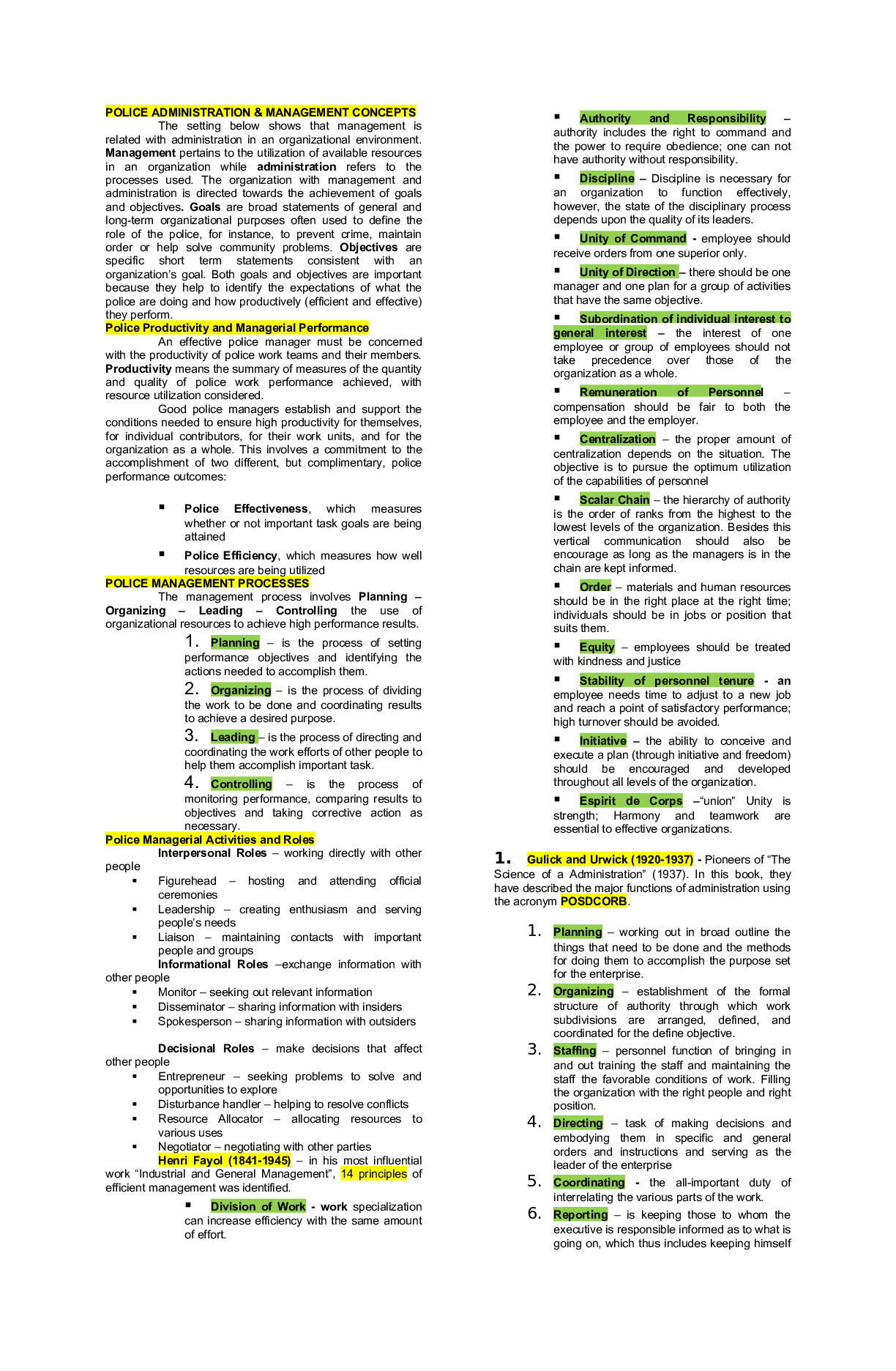


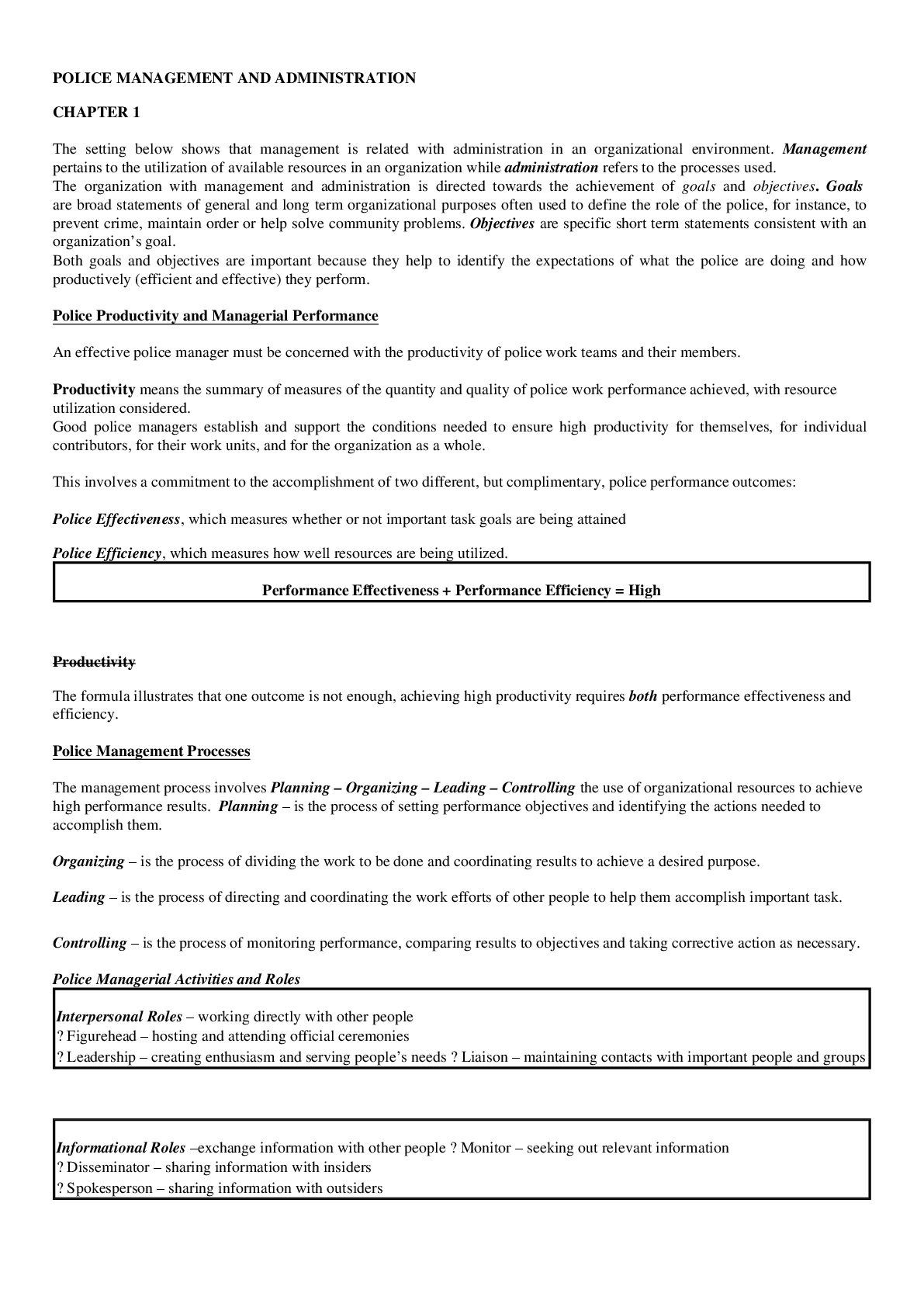
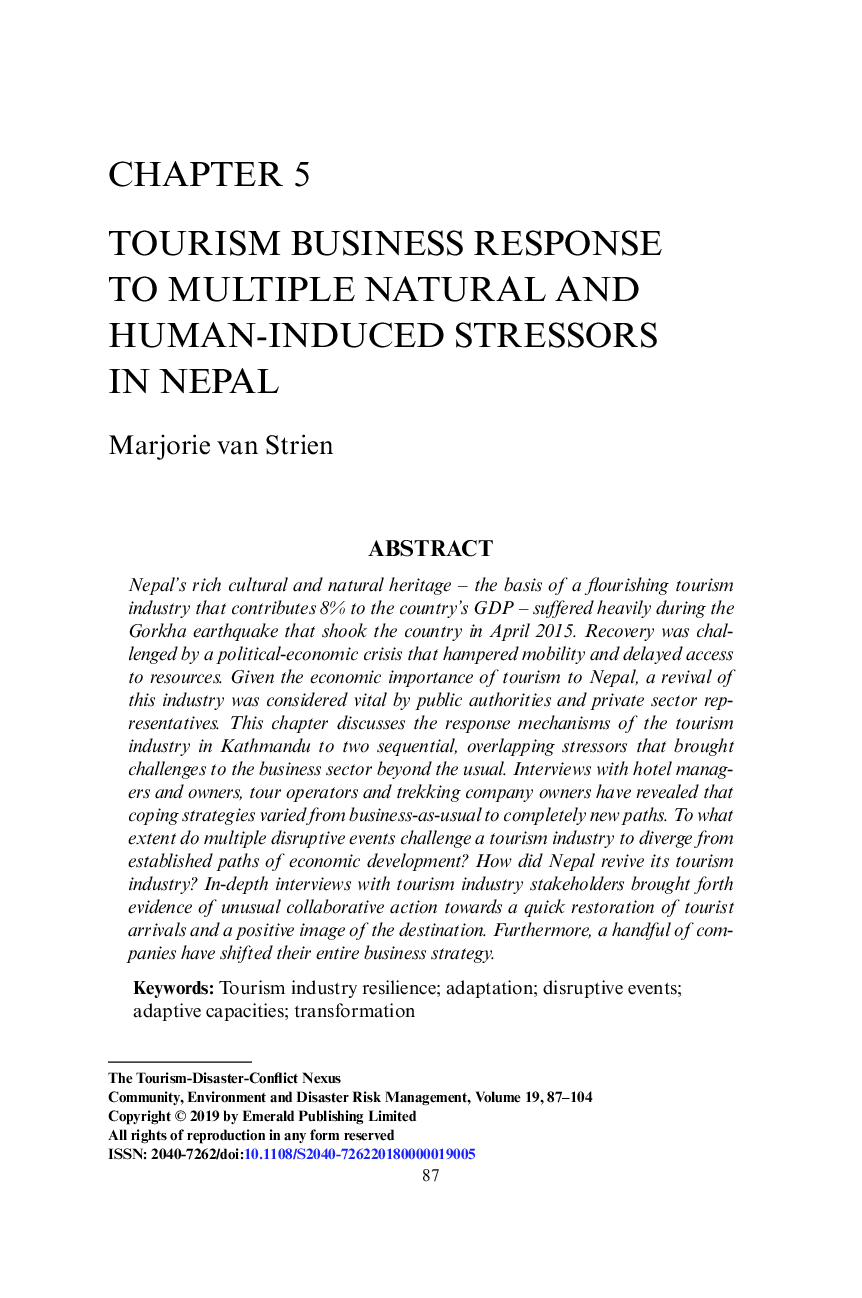

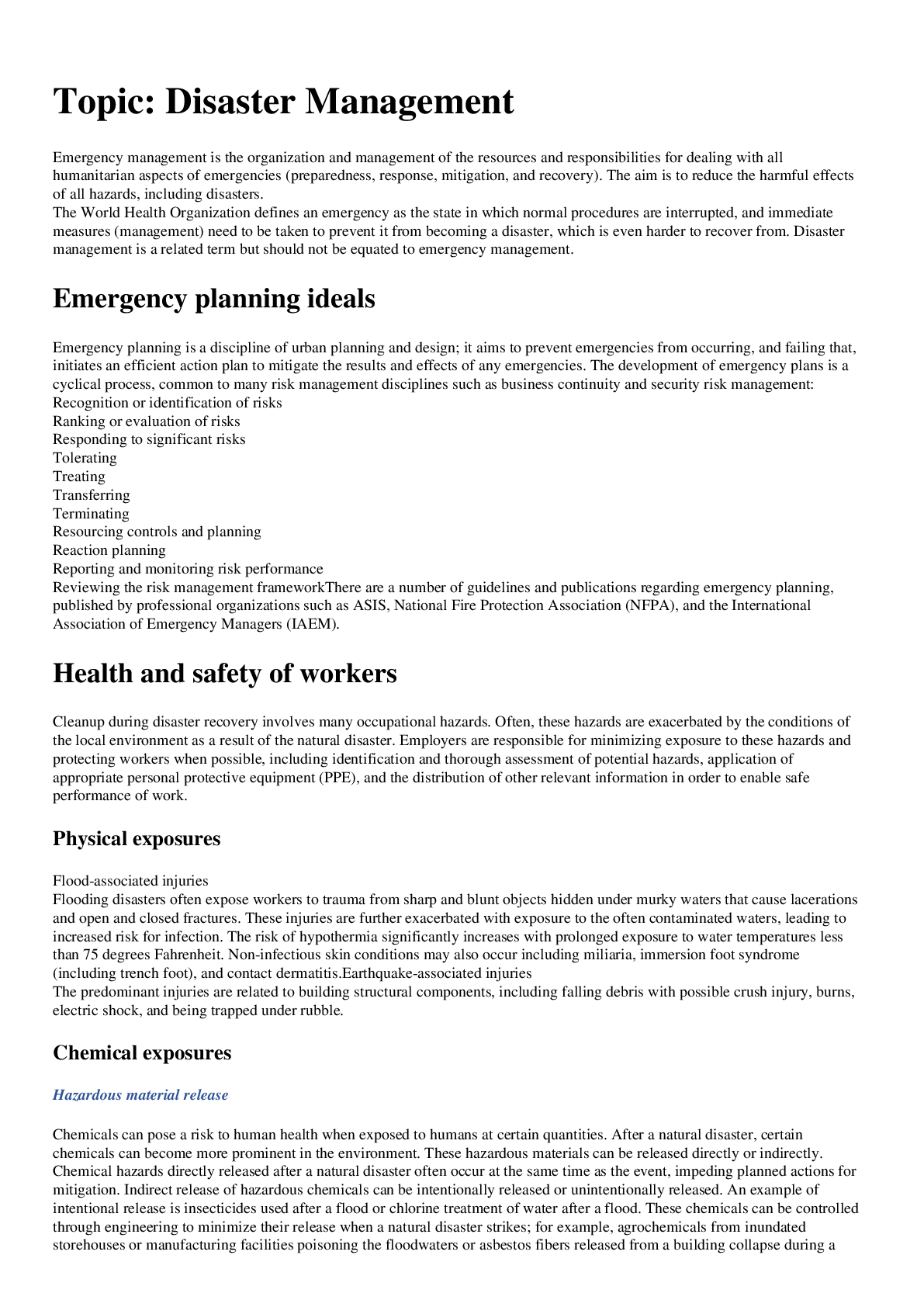

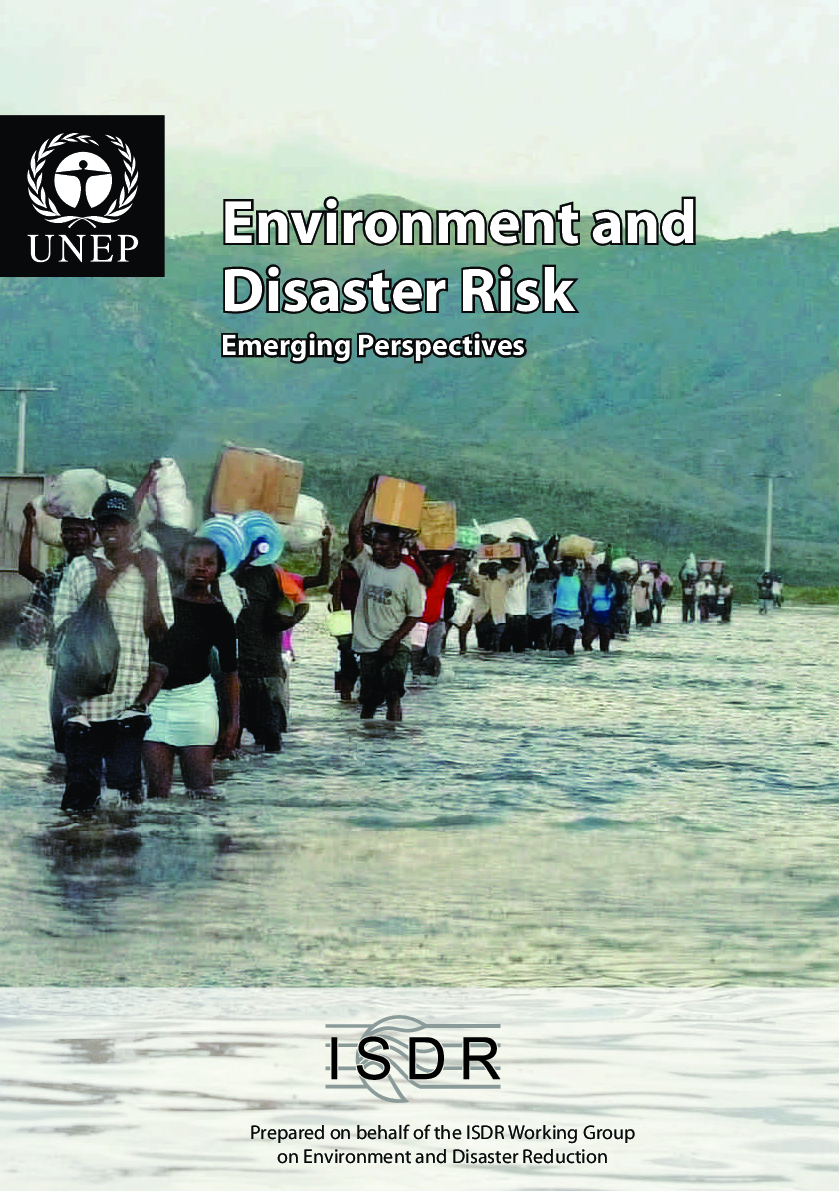
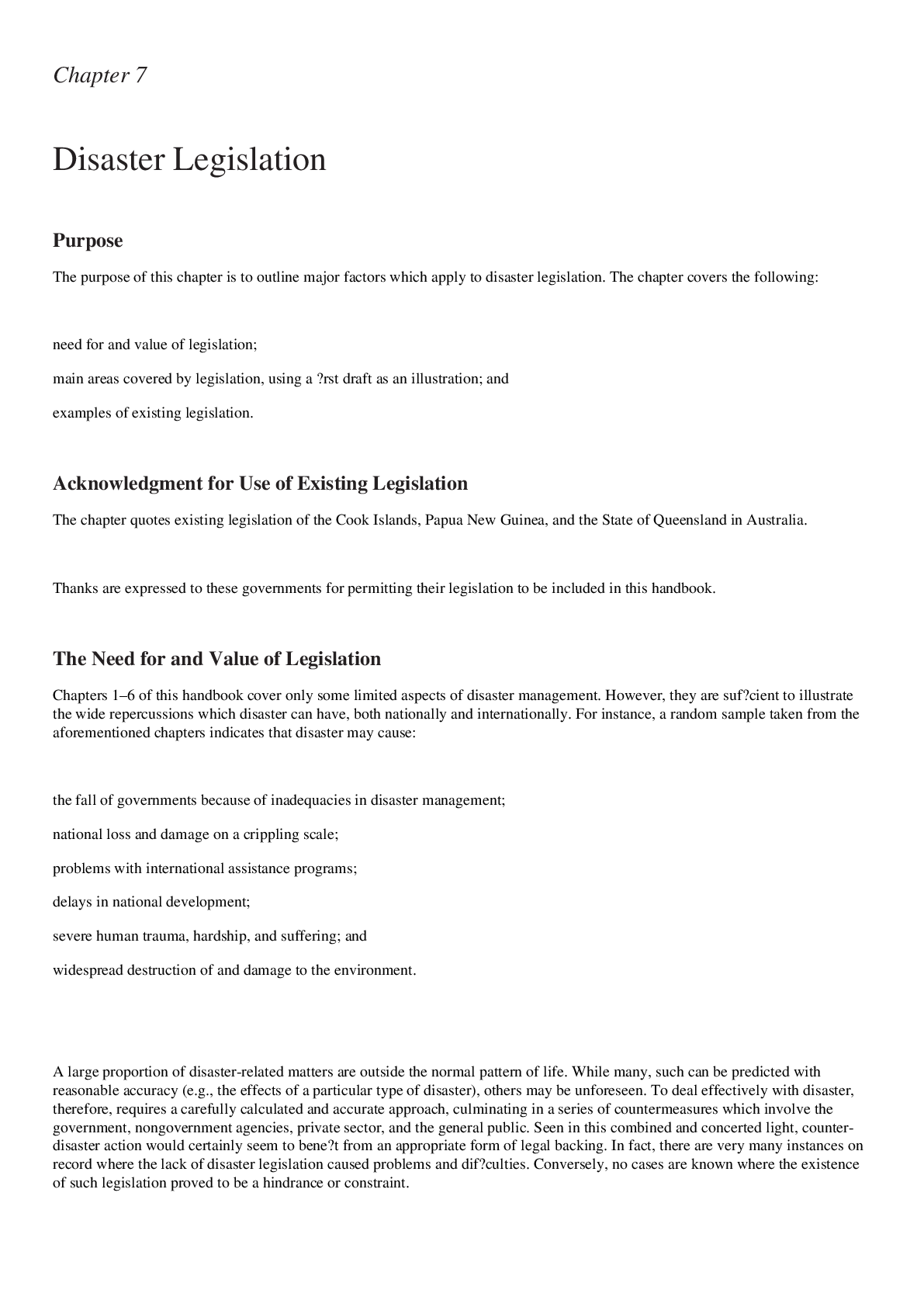


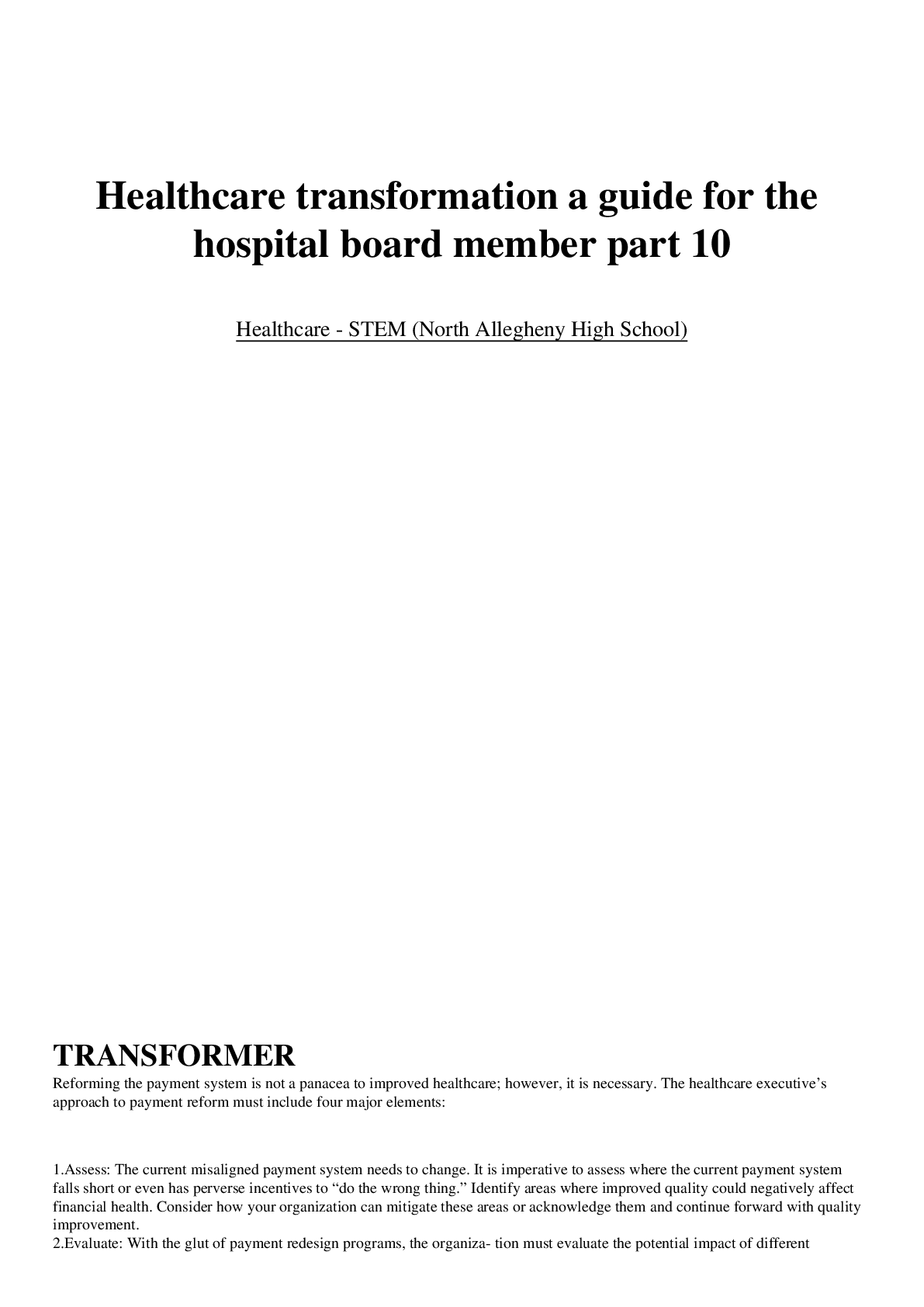

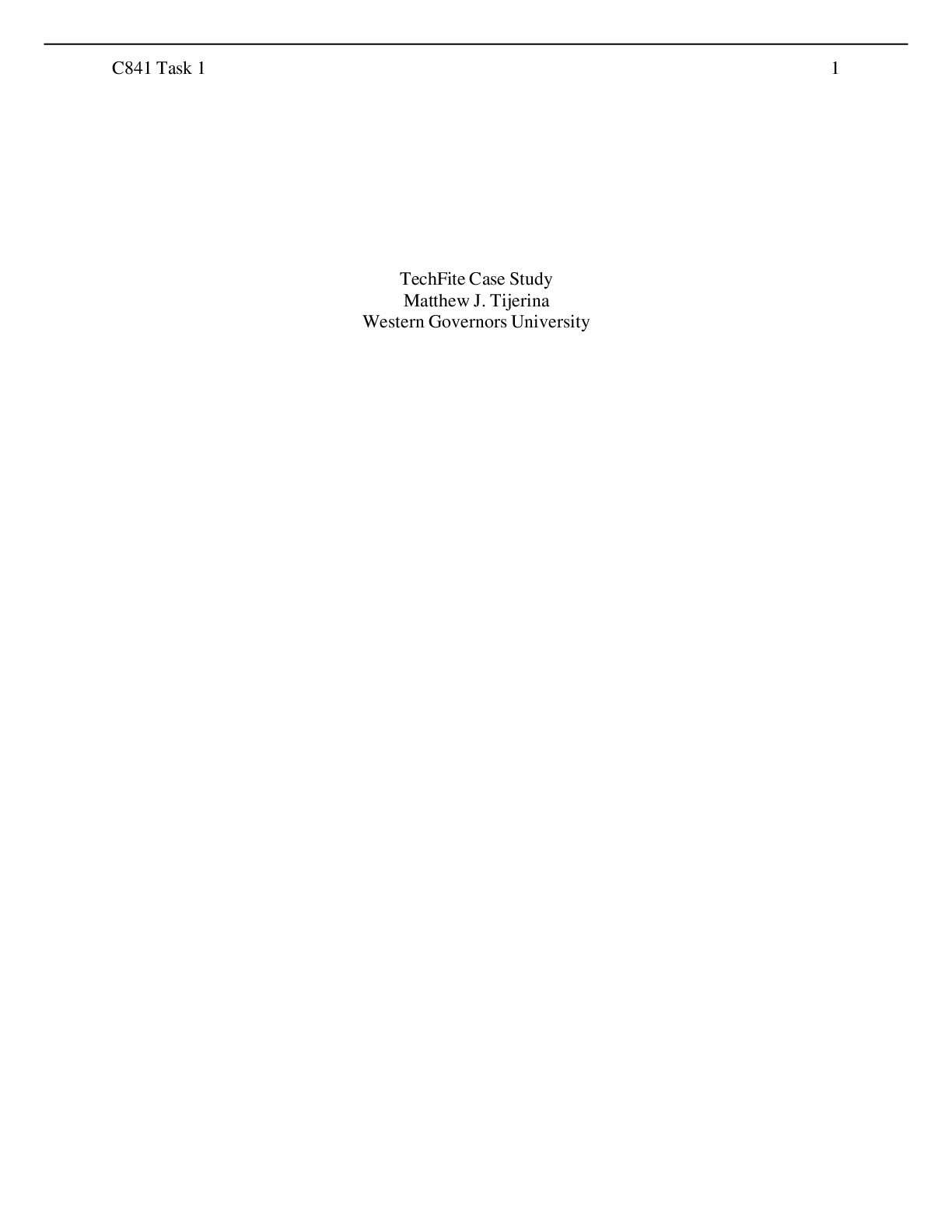
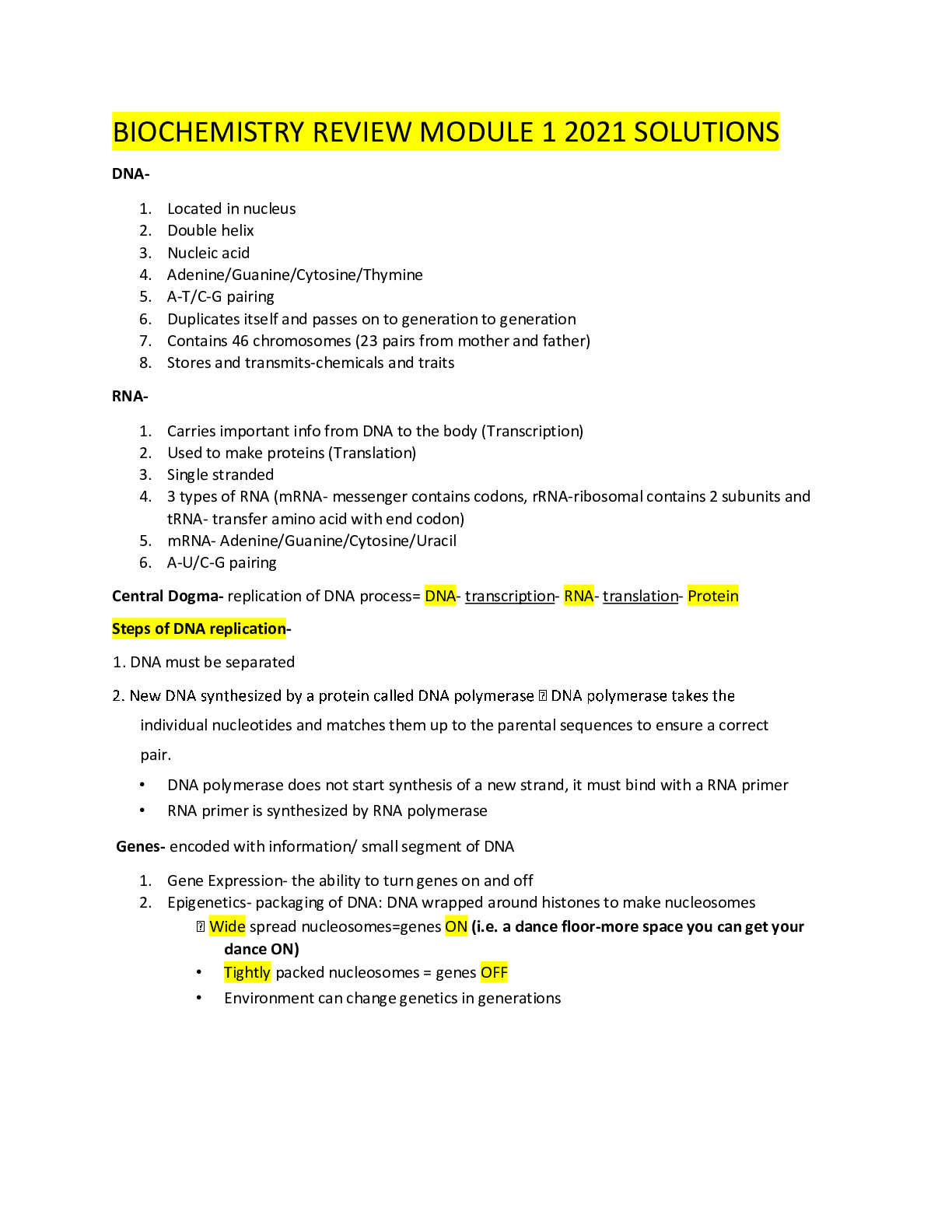
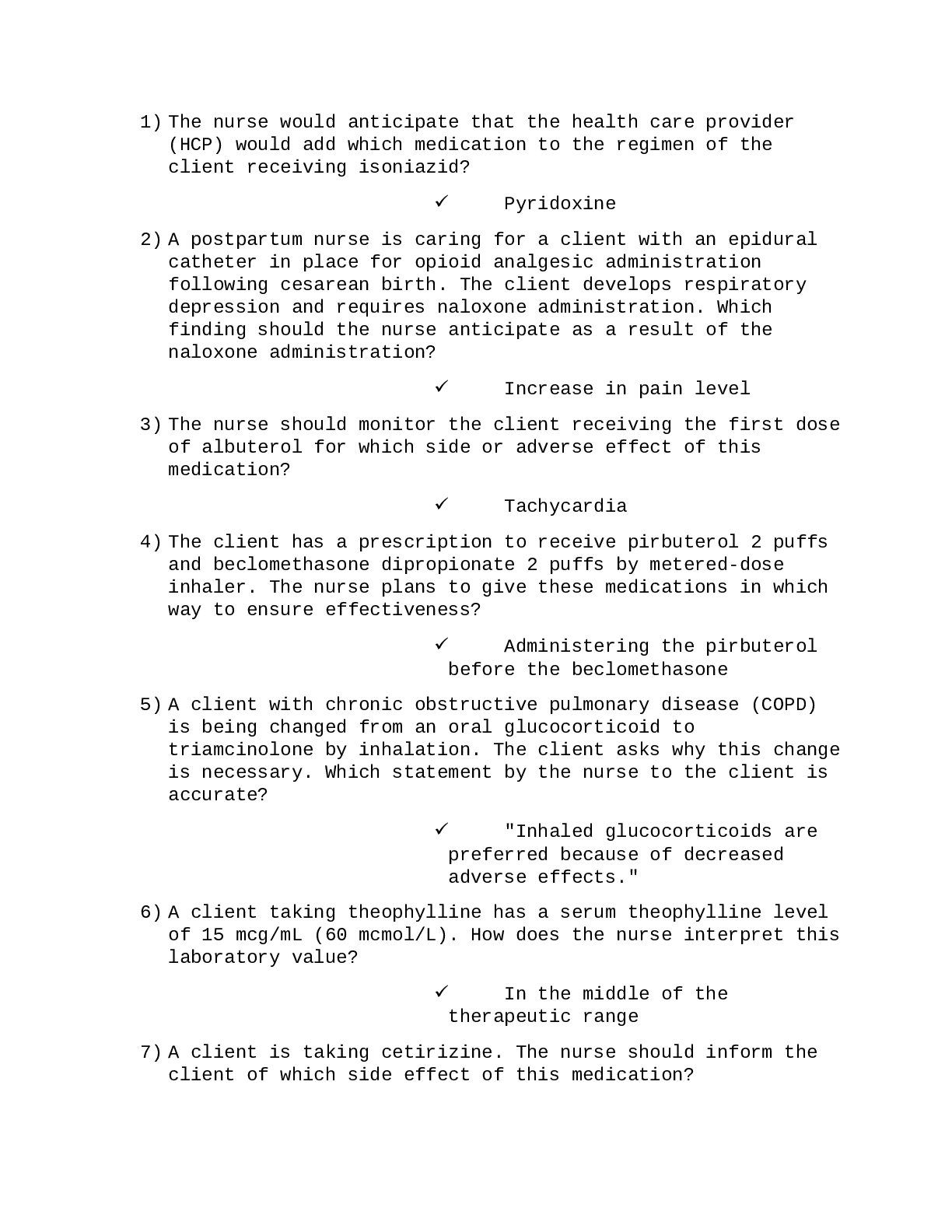
NSG110 AMERICANS RATE NURSES HIGHEST ON HONESTY, ETHICAL STANDARDS.png)


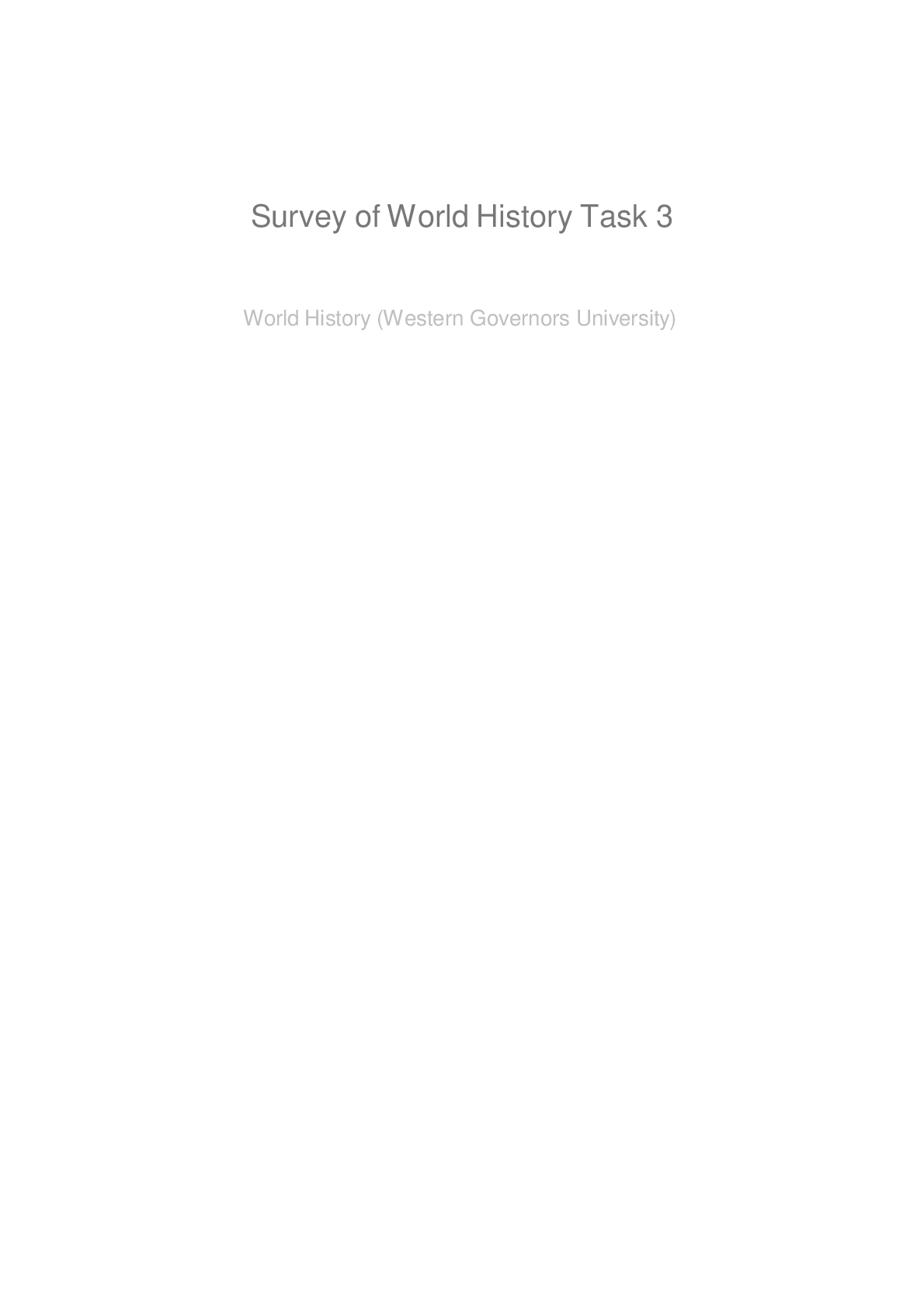

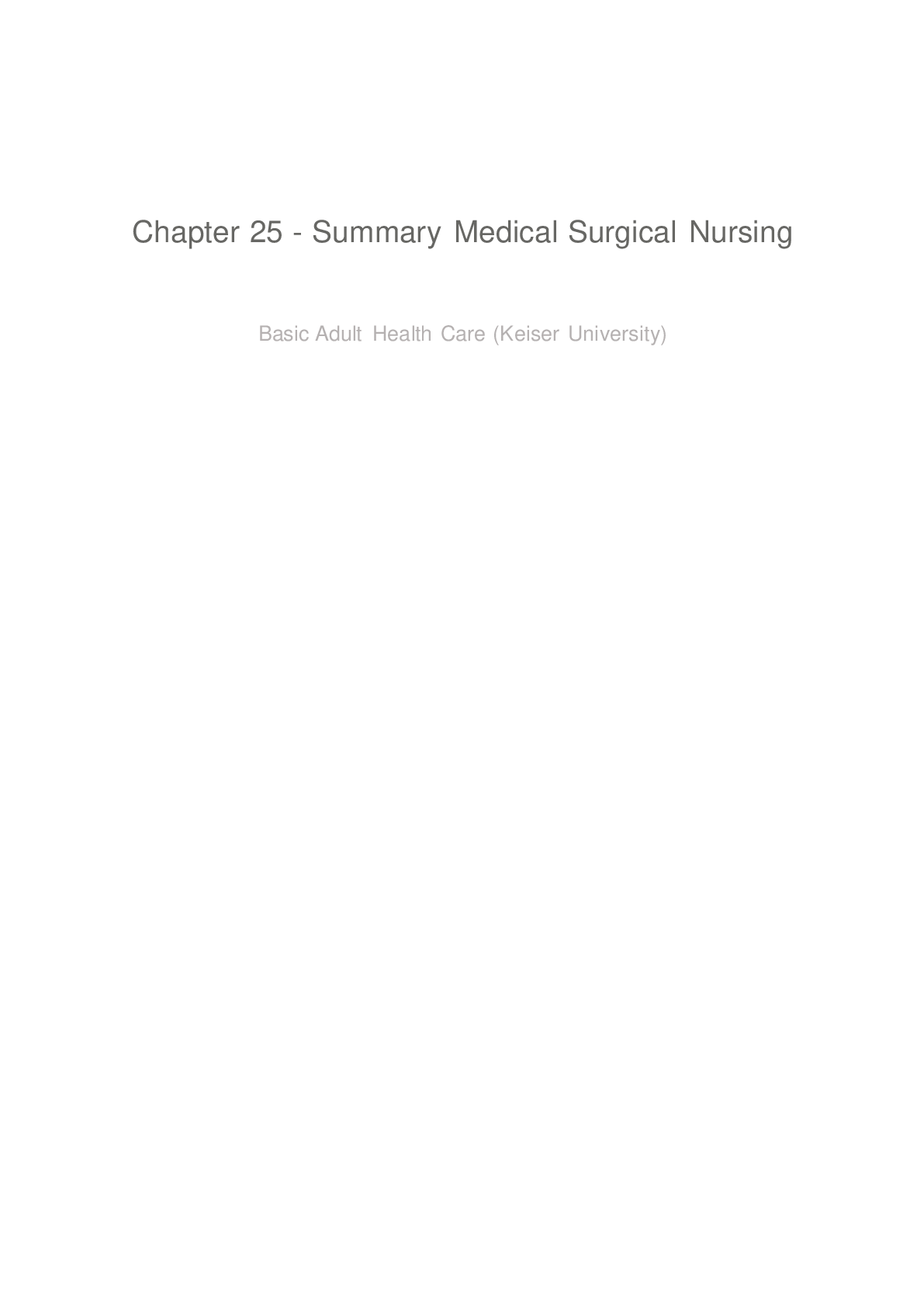


.png)
